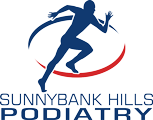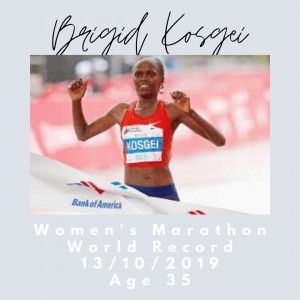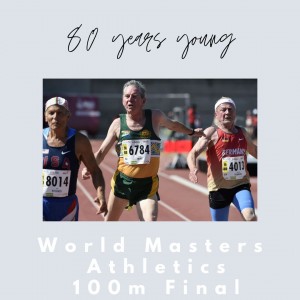The Masters Athlete
When we hear the term “Masters Athlete”, connotations of a very old athlete at the end of their career, are often derived. The reality is that a Masters Athlete is an athlete over the age of 35! If we look at endurance sports, in particular, some of our “Masters Athletes” are competing at the highest of elite levels in events such Marathons and Ironman Triathlons.
So what is it that makes the Masters’ Athlete different to their younger counterparts? In a recent Podcast, Professor Peter Reaburn, (Head of Program, Bond University’s Institute of Sport & Health) discussed the many physiological changes and adaptations the Masters’ Athlete goes through as well as some keys to success for training and recovery of the Masters’ Athlete.
Professor Reaburn indicates two main contributors to age-related changes in Masters Athletes, a significant decrease in muscle mass and a decrease in maximum heart rate.
With respect the reduced muscle mass, it is the fast-twitch muscle fibres which decrease in size and then result in a reduction in strength and speed for the athlete. In terms of reduced heart rate, as we age our maximum heart rate reduces by 3.2% per decade. This decrease in heart rate results in a decrease in cardiac output/ stroke volume which in turn reduces the amount of oxygen and nutrients delivered to the muscles and affects performance.
So how do we offset these changes?
For reduced muscle mass, strength training is the key. Strength training is important to reduce injury risk and a decrease in age-related performance losses. It has been suggested that the Masters’ Athlete should include strength/ resistance training in their weekly program. If time constraints are an issue consider replacing 1-2 regular sessions with strength training.
For reduced maximum heart rate, training intensity is the main area of focus. Research as shown that Masters Athletes who regularly train at high intensity over many years increase risk cardiac issues, particularly Arial Fibrillation (irregular & fast heartbeat). When training it is important not to spend too much time with your heart rate in the threshold zone (above 80% of maximum heart rate). It is recommended that your weekly training should be 20% High-Intensity Interval Training and 80% Long Slow Distance.
Additional Changes In the Aging Athlete
- A general decrease in training intensity, tend to lean more to endurance sports
- Tend to run more economically (pace themselves better) than their younger counterparts
- Recovery – physiologically, recovery is similar between young & Masters Athletes, however, Masters Athletes typically perceive their recovery takes longer. (Listen to your body, not the mental perception of recovery)
- Thermal tolerance – related to aerobic capacity, thirst mechanism reduced – ensure pre-hydrated before activity (also consider sports drinks with electrolytes)
- Protein Synthesis –Masters Athlete’s ability to take in protein and transform to repair muscle is reduced. Masters athletes need to increase protein intake (up to double) to gain the same benefits as younger athletes. Note that, protein ingested in fluid form is processed/ absorbed/ transformed quicker than in solid form.
- Bone health – need to have impact/ stress on bones to increase bone strength. Include walking/ jumping/ lifting heavy.
- Injury Profile – Masters Athletes tend to have more lower limb injuries, particularly Achilles related injuries
Common Mistakes of Masters Athletes
- Train too hard & too often
- Don’t value weight/ resistance training
- No or limited flexibility training (stretching, Yoga/ Pilates)
- Don’t use recovery strategies (rest/ diet/ compression/ stretching)
Ageing – exercise is medicine
Research has also proven that people who remain engaged in sport as they age have the following benefits
- cardiac improvement,
- diabetes & weight is better controlled,
- cognitive improvement (think quicker, improved decision-making ability),
- socially engaged,
- Psychologically (reduced anxiety & depression).
Professor Reaburn’s Top Tips
- Listen to your body
- 80/20 split between Long Slow Distance Training and High-Intensity Interval Training
- Include Weight training in your weekly regime
For more information, you can listen to the podcast here
Don’t forget to click here to book in for an assessment if you are having any Running Related injuries or niggles.


